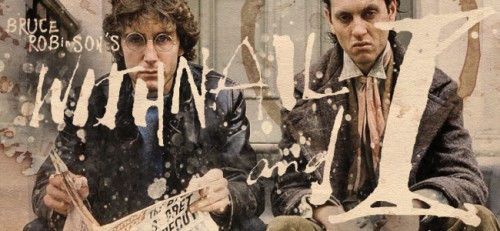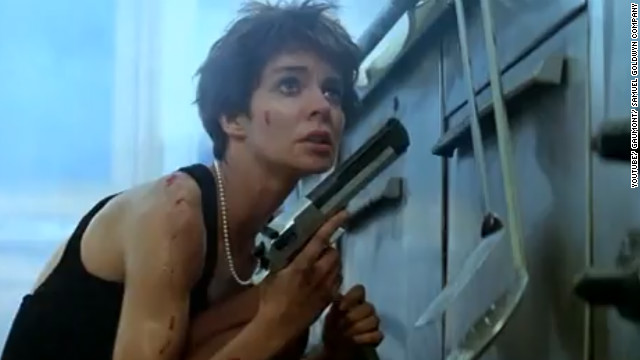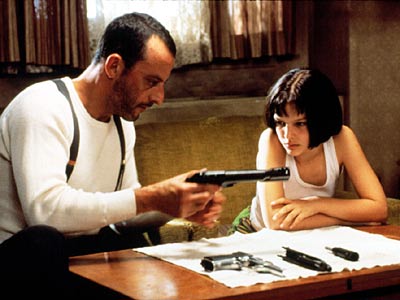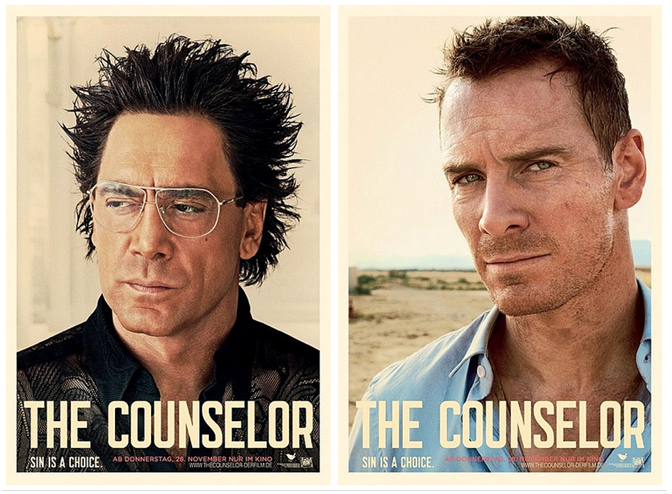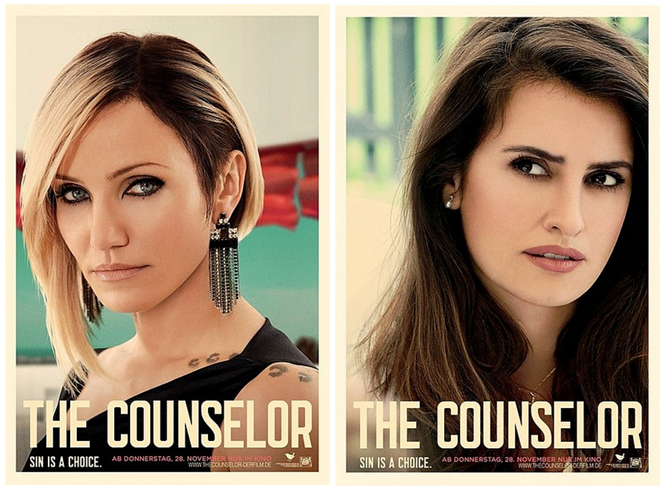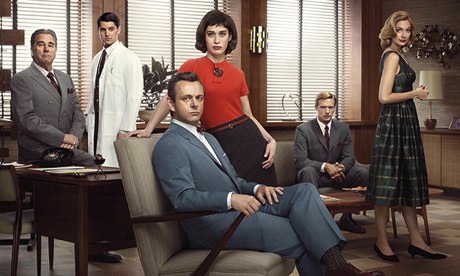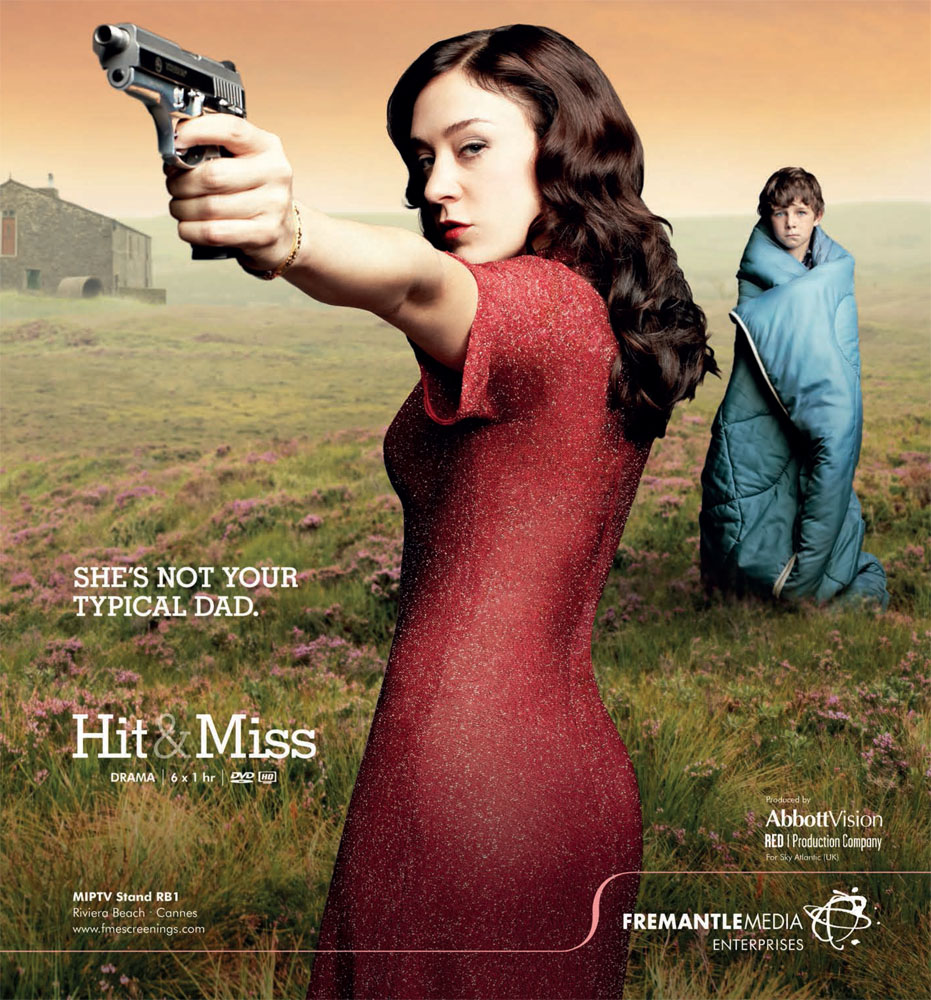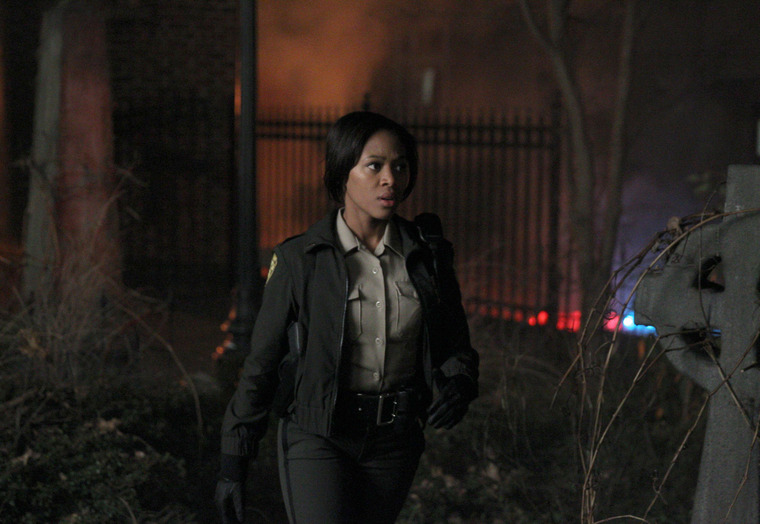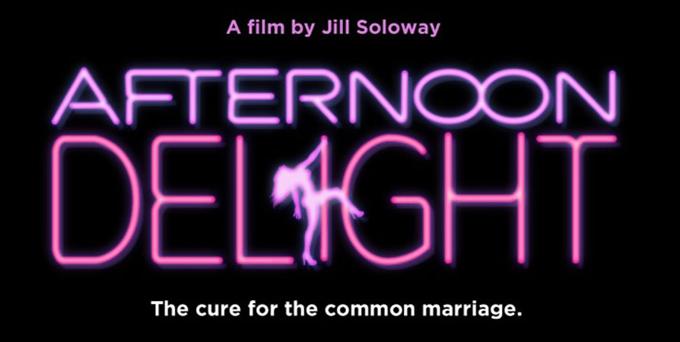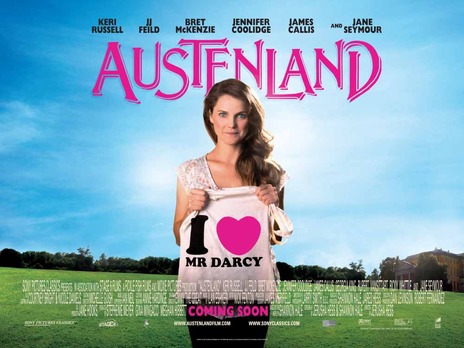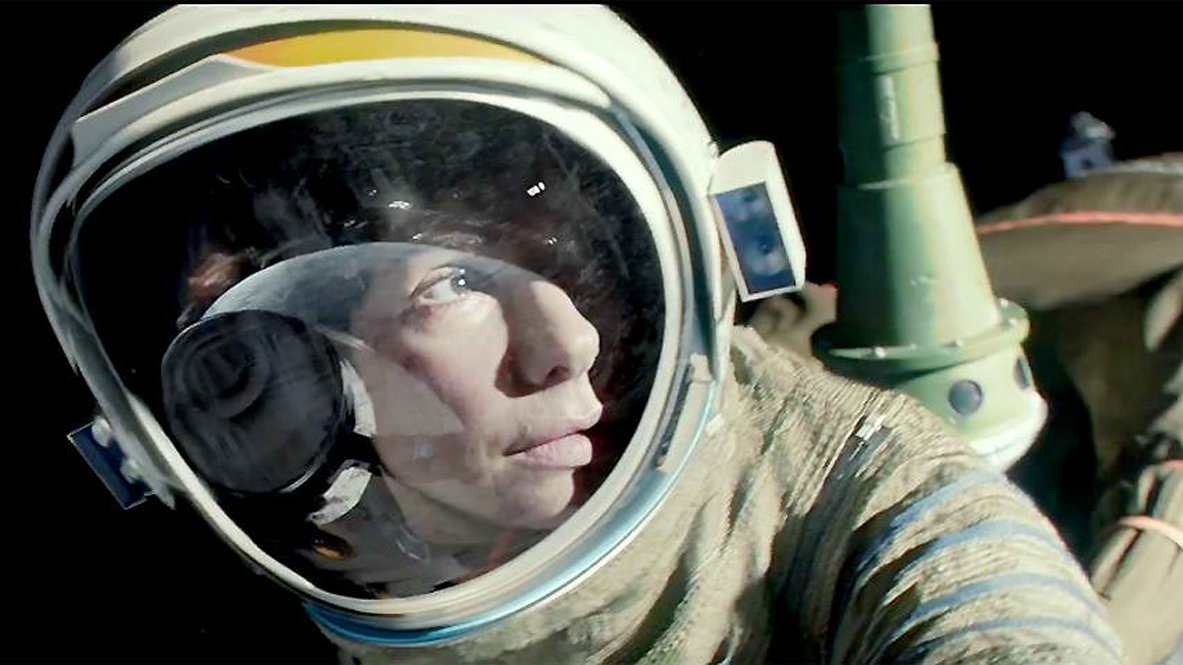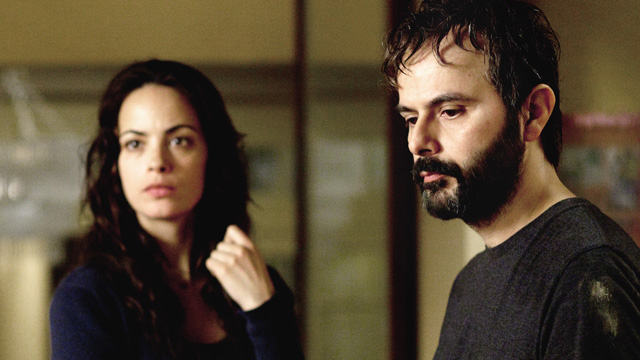
This guest post by Barrett Vann appears as part of our theme week on Cult Films and B Movies.
In the film Withnail and I, there are a grand total of four women, only two of whom have any lines, and even then, only a handful. That considered, the film is actually quite interesting from a gender standpoint. Its two protagonists, Withnail, and “I” (named in the script as Marwood), are out of work actors in 1969, strung out and skint broke. Within the world of the film, which deals largely with people who are “outside” mainstream society in one way or another, the stereotypically feminine serves as a marker for the other, and in some cases, the deviant.
Both the two protagonists are marked as feminine in various ways. Withnail is effete and dandyish; Marwood is given to sensitivity and introspection. Both have hair which, while not hippyish by any measure, is nonetheless longer than standard; Marwood’s a tumble of Pre-Raphaelite curls, whilst Withnail’s is viciously slicked back. At one point, Withnail sneers that he’s been turned down from a job because his hair is too long. Their drug dealer, Danny, has hair to his shoulders, and in one scene, expounds on the virtues of long hair, saying, “I don’t advise a haircut, man. …Hairs are your aerials. They pick up signals from the cosmos, and transmit them directly into the brain. This is the reason bald-headed men are uptight.”* Even though this is clearly drugged-up nonsense, it’s a moment of great symbolic significance at the end of the film, when we see that Marwood has shorn his curls in favour of a 1914 cut.

In a scene early on in the film, Withnail throws up over Marwood’s boots after drinking anti-freeze, and to get rid of the smell, Marwood scrubs them with essence of petunia. Later on, down their local boozer, a huge drunk calls Marwood a “perfumed ponce” as he’s on his way to the lavatory. Now, paranoia is one of Marwood’s consistent character traits, but it’s interesting that his reaction to this is a very near cousin to the way a woman might react to similar harassment. He doesn’t snap back, or get annoyed or defensive at the implication; instead, he tries not to react visibly, whilst internally he panics, very aware of the potentially sexual danger the man might present.
As he stands in the toilet cubicle, he notices graffiti on the wall reading I FUCK ARSES, and his voiceover-ed internal monologue seizes on it immediately. “I fuck arses? Who fucks arses? Maybe he fucks arses. Maybe he’s written this in some moment of drunken sincerity. I’m in considerable danger; I must get out of here at once.” Similarly, later in the film, in the face of Uncle Monty’s uncomfortable advances, he adopts a tactic recognisable to probably any woman. Smiling compulsive, nervous smiles, he tries desperately to deflect Monty with politeness and changes of topic.
Marwood is therefore not only perceived by others to have feminine qualities, he reacts to that perception in what is not a stereotypically masculine fashion. When he thinks about the drunk, it is to cast him as comparatively more masculine than himself; “I don’t consciously offend big men like this. This one has a definite imbalance of hormone in him. Get any more masculine than him and you’d have to live up a tree.” Even the phrasing, “I don’t consciously offend big men like this,” implies that this is something that happens even when he doesn’t have essence of petunia all over his boots.
Another heavily feminised male character is Withnail’s Uncle Monty, whose cottage in the Lake District Withnail and Marwood go to stay at. Monty is instantly recognisable as a caricature of the faded old theatre queen; he lives alone with his cat and his memories, his manner of speech is elaborate and affected. He giggles and simpers and emotes at the slightest provocation. He also ticks all the boxes of the predatory homosexual. In his first scene, he remarks with relish that “There is a certain je ne sais quoi – oh, so very special – about a firm… young… carrot,” to the obvious discomfort of Marwood, and later in the film, once he’s joined Withnail and Marwood at Crow Crag, sexually harasses and assaults Marwood.
It is interesting to note that prior to the scene of the attempted rape, though his behaviour is marked as feminine in appearance, Monty seems to be nothing but a thoroughly average English gentleman. When he comes to Marwood’s room, however, he’s dressed in a silk dressing gown and velvet slippers, and wearing makeup. Not garish makeup either–delicately applied rouge, a little bit of eyeshadow, a smudge of lip colour. The contrast between his appearance and his behaviour in this scene is striking, whilst visually coded as very feminine, Monty is aggressively sexual, physically looming over Marwood, backing him into a corner and growling that “I mean to have you, even if it must be burglary!” This is not to say, of course, that feminine people cannot be sexually aggressive and dangerous, but that societal standards have designated this kind of behaviour as the extreme of masculine.
Consistently, then, femininity in men is dangerous. It may be actively dangerous, as in Uncle Monty, who assaults Marwood whilst in near-drag, or passively dangerous, in that it makes the feminine man a target for harassment, as in the lout at the pub who calls Marwood a perfumed ponce. Ultimately, it is dangerous because it marks the other, and to be other is to be in danger. When Marwood cuts his hair, it is because he’s landed a leading role in a play and is leaving Withnail’s kind of life for the safety of employment, of making a living in a socially-sanctioned fashion.
Do I think this portrayal of femininity in men as dangerous is intentional? No, I don’t. Withnail and I is in a lot of ways a love letter to a certain period in Bruce Robinson’s life, and to his friend Viv, off whom Withnail is based. A cynical, twisted sort of love letter, certainly, but one that feels to me sad, and fond, and which looks with affection at those who are marked as other within it. It’s still very interesting, though, to look at this pattern and what it says about our society, where femininity is simultaneously vulnerable and sexually dangerous, and to be feminine is automatically to be outside the norm.
*All quotes used in this article are from the screenplay, rather than the film itself, and so may differ in places from the dialogue as it is in the movie.
Barrett Vann has just graduated from the University of Minnesota with degrees in English and Linguistics. An unabashed geek, she’s into cosplay, literary analysis, high fantasy, and queer theory. Now that she’s left school, she hopes to find a real job so in a few years she can tackle grad school for playwrighting or screenwriting, and become one of those starving artist types.
